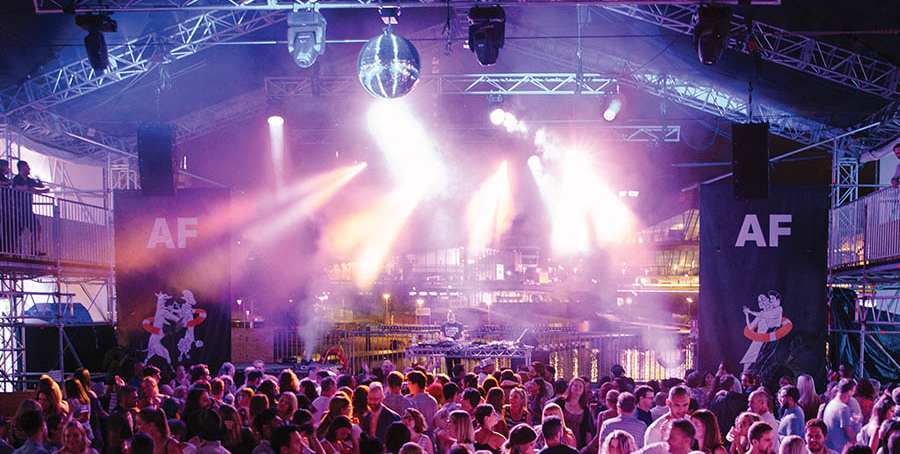
This Week’s Insights: Are memes losing their ability to grab attention?… How Finland is reinventing libraries… Can classical music drive a hit TV show?… Is Netflix really a slave to traditional ratings?… Mega-festivals grab audiences.
- Memes Lose Their Fizzz: One of the reasons marketers have been so ebullient about social media is the ability for posts to go “viral.” The proposition has been that any piece of content could – if pitched right – get in front of a massive audience. Social media memes have been the best at this, inviting others who encountered them to add their own spin on the original or spinoffs. But such viralness has always been elusive, and now there’s evidence that memes themselves maybe losing their oomph, burning through the ether like a fever, but quickly dying out. “People today are consuming more memes than ever. The expiration date for them has shortened more since even last year. Memes used to last for two to three weeks, but recently we’ve noticed they die after just a few days.”
- See How Finland Has Reinvented Libraries For Their Audiences: Books are archaic in the digital age, right? Or at least books in print. Ergo libraries? Not really. “As well as pushing the envelope in regard to architectural skill and style, Finnish libraries have an impressive record of being at the forefront of cultural progress and new thinking. Some of the first maker libraries (spaces where the public can borrow equipment and tools), for example, were founded in Finland, and today, some facilities offer the use of high-tech equipment such as 3-D printers and musical equipment free of charge.”
- A Classical Music Show That Became A TV Hit (Will It Work In The US?): “Virtuosos is a talent contest which already has a track record of attracting a mass viewership – in its native Hungary. It was started in 2014 by entrepreneur Mariann Peller, … with impressive results: the show’s fourth series has been reaching audiences of over 700,000 per episode, with the 2017 final not far short of the million viewer mark – nearly one in ten of the country’s population, which is comparable to the reach in the UK of mass market talent shows like The X Factor or Britain’s Got Talent.” Now Peller is going to try bringing the show to America.
- Netflix Eschews Traditional Ratings, It Says. So… Traditional TV ratings are all about popularity. But Netflix (And Amazon) says it determines what’s a successful show based on different algorithms. It does, for example, pay much more attention to the first shows you watch after you sign up than what regular viewers are grazing. But analysts and industry sources think that for all its public disdain for ratings, Netflix is more like a conventional television network than it cares to admit. The streamer has been canceling more shows. If a Netflix show had a large viewership, it would make no sense to cancel the show.
- Mega-Festival Impact: It’s well-known that big festivals generate significant economic impact. And for the successful, long-running, community-dominating festivals, the rewards are huge and community-defining. Latest example – the Adelaide Festival: This year’s edition of the festival generated an estimated $76.1 million (Aus) fot the economy of South Australia, up 9% over 2017. What’s more, “a staggering 19,825 visitors of the annual arts festival last year were interstate or overseas travellers, representing a 44 percent increase on the previous year. Visitor bed nights also rose to 138,021, a 50 percent increase on 2017.”
Leave a Reply